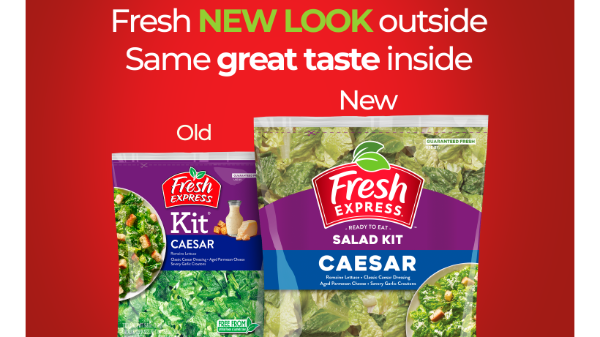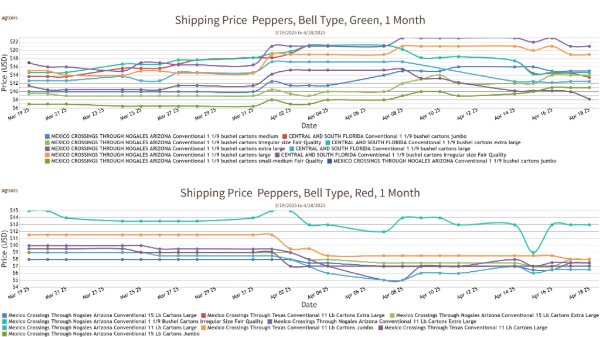Welcome to Blue Book!
Are you ready to join the thousands of companies who rely on Blue Book to drive smarter decisions? View our plans and get started today!
Still have questions? We’d love to show you what Blue Book can do for you. Drop us a line– we’ve been waiting for you.

The final GDSN building block is the GS1 Global Registry, the repository of basic product information. It provides a clearinghouse functionality for companies to locate source/supplier or recipient/retailer data pools. The Global Registry provides information sharing permission, item uniqueness assurance, data pool consistency and interoperability, and subscription validation. The purpose is to facilitate the exchange of standardized data between trading partners on a real-time basis.
“GS1 governs the data pools operating within the Network,” explains Ryan Richard, senior director of retail grocery industry engagement GS1 US. “It certifies that the data pools have implemented the interoperability requirements of the GDSN. Validations ensure that good data is being passed between trading partners.”
Implementation Steps
Using GDSN to publish and access product data is a five-step process involving a series of data flows, requests, and confirmations. These steps are portrayed in the sidebar. However, a company’s prep work begins long before any product data is loaded into a source data pool.
A cross-functional team is necessary to move a GDSN initiative forward. An executive sponsor, who recognizes the benefits of cross-chain data synchronization, is needed to fund and staff the effort. The team should be populated by those impacted by GDSN implementation, such as supply chain management, information technology, product management, sales, etc. Team member roles and responsibilities must also be established.
An essential activity for the team is to gain an understanding of GDSN data requirements, as standards for GTINs and GLNs are very precise. Users must be well-versed in the proper measurement and recording of product attributes. For this purpose, GS1 publishes a variety of useful implementation guides on its website (http://www.gs1.org/access-gdsn-standards).
Based on this information, the team should assess the organization’s current level of readiness for GDSN participation. Data publication capabilities, quality assurance processes, and trading partner requirements must be evaluated. The goal is to understand any gaps within a company’s internal synchronization capabilities. Plans and milestones must then be established to shrink gaps for the data synchronization’s success.
The implementation team must evaluate and select a GDSN-certified data pool, one well-matched to the fresh produce supply chain to support company requirements and the ability to accept the appropriate master files. Other important factors may include educating the team on GS1 standards, finding a compatible geographic focus, and a willingness to share best practice information.
Pricing must also be considered. It is essential to understand the data pool’s subscription fee model to avoid surprises. These fees can be usage or revenue based, contracts may be multi-year or year-to-year, and one-time fees may be incurred for setup and initial data loading. The data pool’s ability to support an anticipated expansion of categories, product lines, and geographic footprint also warrant consideration during contract negotiations.








